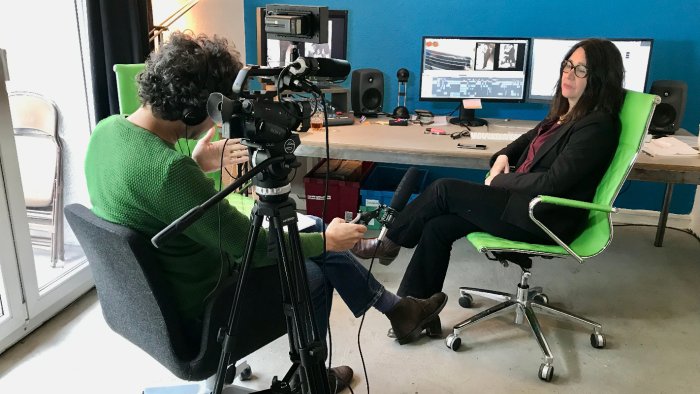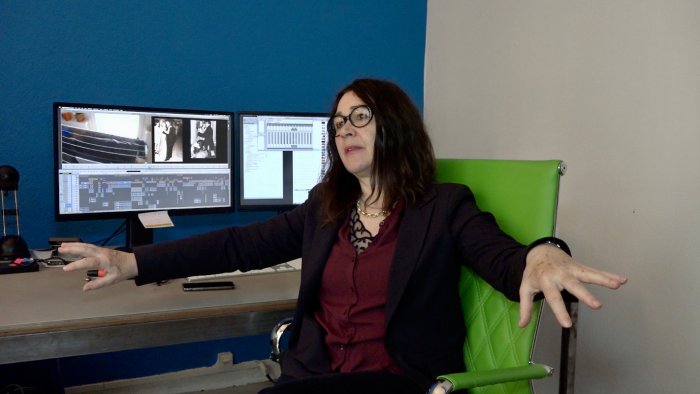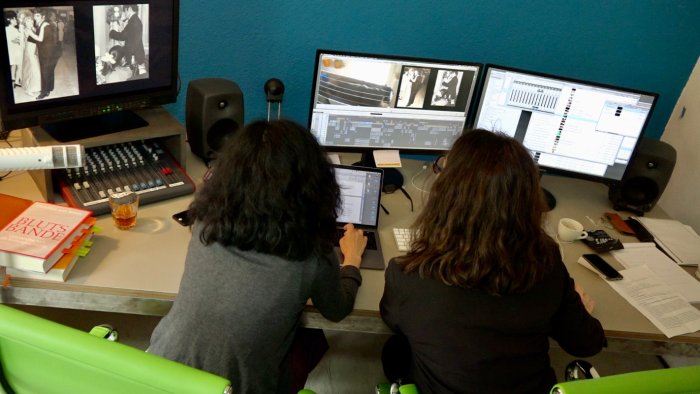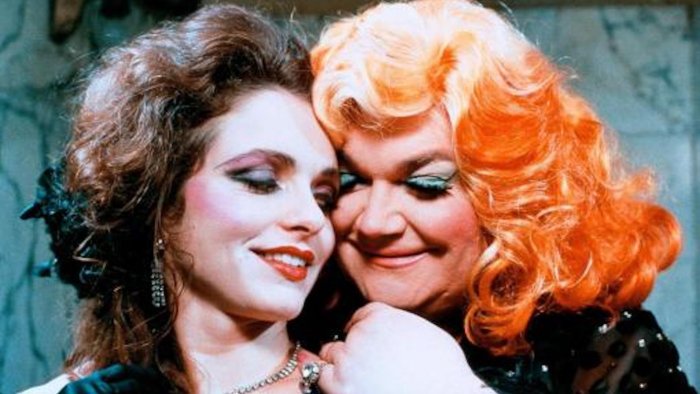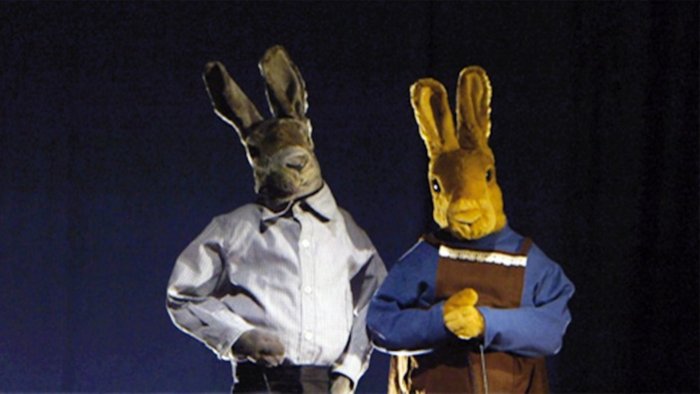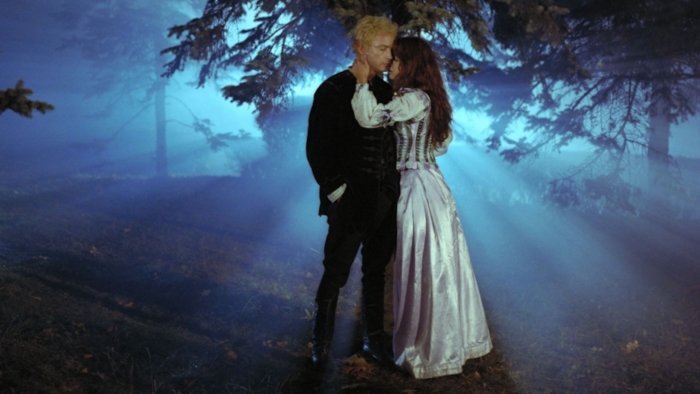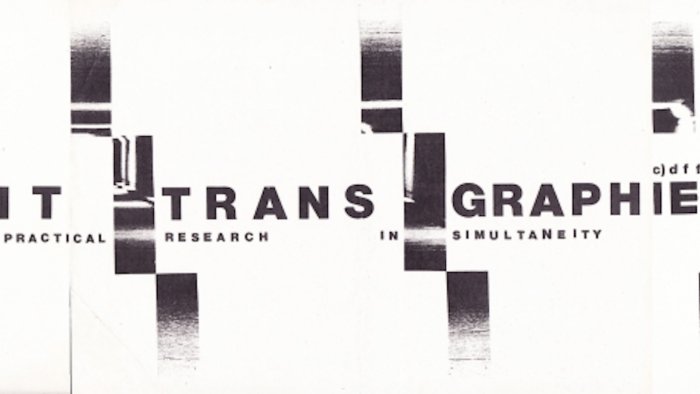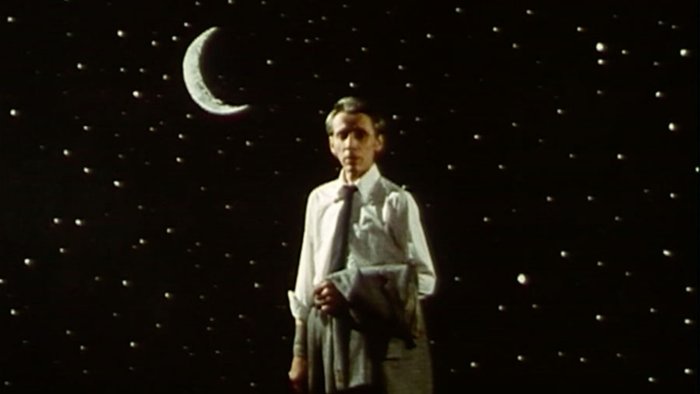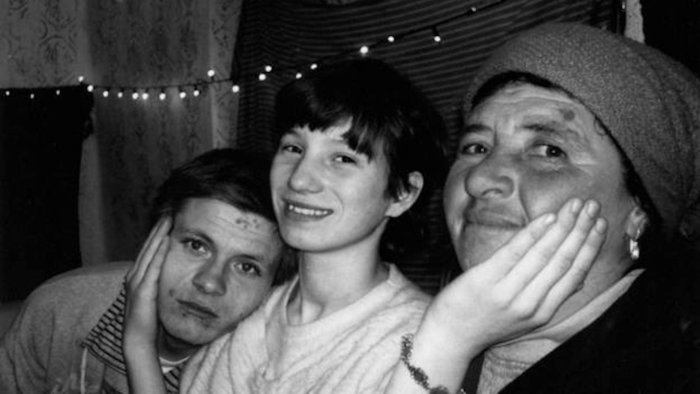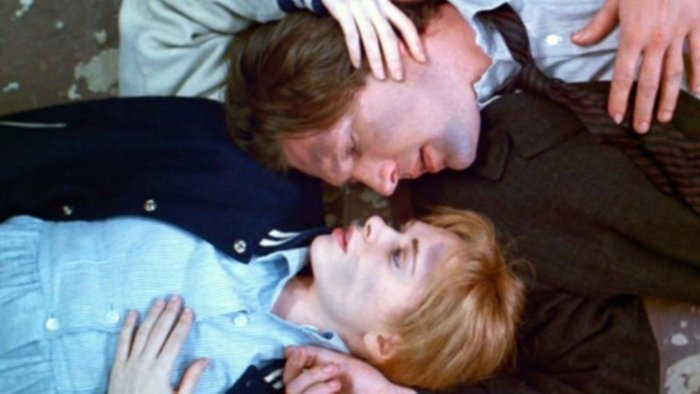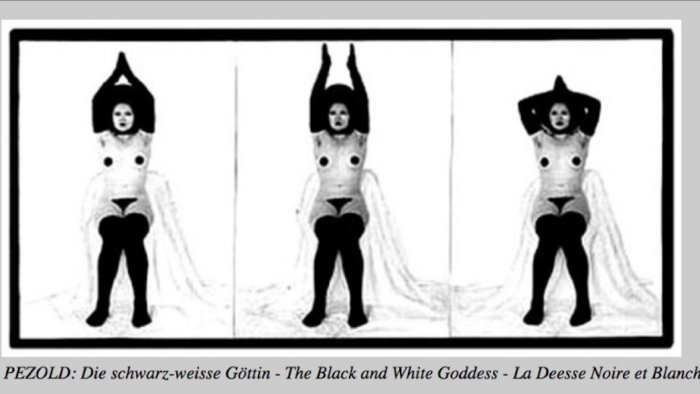Tania Stöcklin | (1/5)
Filmexplorer's Editing Collection | Season 1 (1/5)
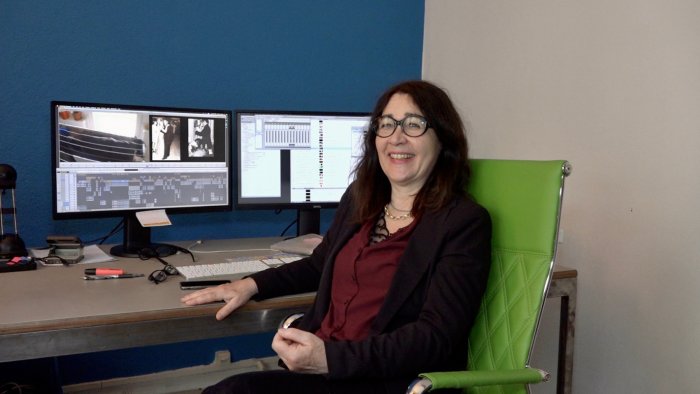
Editing, cutting, montage – it is one of the most important tasks in the creation of moving images. Both technical and artistic skills are required for the editor, whose role has often been neglected, while the theory of montage has been largely celebrated.
Filmexplorer hereby consecrates a series of online episodes to the work of editing, in order to stress the practical challenges of the job of editor and the artistic need for emancipation from any dogmatic rules.
The first five episodes highlight several aspects of the editing process through discussion with the makers: the editors.
Professional editors like Tania Stöcklin and Katarina Türler bear witness to the importance for the editors to be experts but not specialists. Thanks also to the experience in creating documentary films, they show the importance of an interdisciplinary approach to editing, which should start in the educational phase and continue through the collaborations with the film team.
Profession and artistic craft go hand in hand; this is stressed in the discussion with Beatrice Gibson who uses the strength of editing at its best in her own filmic works. The discussions with Philippe Ciompi and Fabrice Aragno not only confirm the interdisciplinary and artistic approaches, but also allow us to consider two specific perspectives on montage, respectively: on sound editing, and on multi-screen editing within an exhibition space.
Discussion with Tania Stöcklin
The parallelism between editors and doctors is well known. If Tania Stöcklin was a physician, she would be considered an expert General Practitioner who is specialised in something (editing), and not a specialist who understands only one aspect of the whole body. In the discussion with her she stresses the importance of a holistic and possibly interdisciplinary approach to editing.
Her enjoyment of experiments is also a decisive ingredient of her practice and works as an artistic motor, also for her own’s film productions. This propensity notwithstanding, she acknowledges the importance of defining clear roles and responsibilities (authorship) between editor and director.
HEAR THE PODCAST:
This article contains a third-party video. If you would like to watch the video, please adjust your settings.
Some specific aspects of the discussion:
The role of the textual layer in editing: 3’58’’
Image and text should not tell the same story: 4’50’’
Gábor Bódy as great inspiration: 7’53’’
From the enjoyment of experiments to the needs of documentary films: 11’05’’
The editor should not be excluded from the work on the sound: 13’33’’
The secret of team work is to remember than 1+1=3: 14’30’’
Dramaturgy is the most delicate aspect of editing, mostly for documentary films: 19’19’’
The ultimate responsibility should be taken by the director: 21’10’’
About Peter Liechti and his film Vaters Garten: 23’09’’
The meaning of digital turn: from “thinking before doing” to “doing before thinking”: 25’30’’
The challenge of learning to edit: 27’13’’
*
Sound excerpts: Narcissus and Psyche, by Gábor Bódy (1980); Georgette Meunier, by Tania Stöcklin (1989); Vaters Garten, by Peter Liechti (2013)
Inspiration sources for Tania Stöcklin
Statements by Gábor Bódy and Friederike Anders about Gábor Bódy's "Zeittransgraphie" (Archiv Deutsche Kinemathek)
Doomed Love, by Andrew Horn (1983) - Trailer
Trust, by Hal Hartley (1990) - Trailer
Gigi, Monica & Bianca, by Yasmina Abdellaoui & Benoît Dervaux (1996) - Trailer
Friederike Petzold (Photo)
Tania's profile at the HSLU and her Zürcher Filmpreis
About her film Joe et Marie: interview at the SRF (1995)
About her film Georgette Mounier: interview at the LUFF (2009)
Tania's text about Peter Liechti ("Rencontre" at the Solothurner Filmtage 2014)
